History Of Pakistan & India For CSS By Raza Ullah Khan
- Publisher: CH GHULAM RASUL AND SONS
- Availability: In Stock
- SKU: 27784
Rs.520.00
Rs.650.00
Tags: affordable prices , ancient civilizations , best books , best books online , best online store , Best Price , best prices , Best Selling Books , best shop , BestBuy’s , Book Shop , Book shopping , bookshop , bookshop Multan , bookshop near me , bookshop online , bookshop online Multan , bookshopPakistan , British colonialism , British Raj , BUY ONLINE , buy online books , Cold War , Convenient Shopping , CSS , cultural synthesis , Delhi Sultanate , digital shopping , economic reforms , good books , good books online , good booksonline , India , Indus Valley Civilization , Internet Shop , Islamic history , Largest Online Bookstore in Pakistan , latest books online , Mughal Empire , nuclearization , one stop shop , online , Online Book Shop , ONLINE BOOKS , Online Books Shop , online books store , Online Bookshop , Online Bookshop Pakistan , online bookstore , online shop , online shopping , Online Shopping Pakistan , onlinebooks , OnlineShoppingPakistan , Pakistan , Pakistan Bookshop , PakistanBookshop , PakistanOnlineShopping , price cut , price-friendly Comprehensive , ReasonablePrice , Recommended Book , reduced price , Revised & Up to dated , secure shopping , Shopping , ShopSmartPakistan , Virtual Shop
The history of Pakistan and India is intricately intertwined, shaped by millennia of cultural, political, and social evolution. From ancient civilizations like the Indus Valley to the colonial era under the British Empire, the region has witnessed significant developments that continue to influence its present-day dynamics. This comprehensive overview delves into key historical events, pivotal figures, and critical junctures that have defined the trajectory of both nations, offering a nuanced understanding essential for aspirants of the CSS exam.
Key Points:
1. Indus Valley Civilization Flourished around 2500-1500 BCE in the region now encompassing Pakistan and northwest India. Known for advanced urban planning, trade networks, and sophisticated drainage systems.
2. Maurya and Gupta Empires Maurya Empire (322-185 BCE) under Ashoka the Great, known for promoting Buddhism. Gupta Empire (320-550 CE) marked a golden age of Indian culture, science, and arts.
3. Islamic Invasions and Sultanates Arrival of Islam in early 8th century, leading to the Delhi Sultanate (1206-1526). Mughal Empire (1526-1857), known for its architectural marvels and cultural synthesis.
4. British East India Company Established in 1600, expanded control over India through trade and diplomacy. Indian Rebellion of 1857 led to direct British Crown rule, known as the British Raj.
5. Independence Movement Early 20th century saw rise of Indian National Congress and Muslim League. Partition of India and Pakistan in 1947, led by Mountbatten Plan and violent communal riots.
6. Post-Independence Era Formation of Islamic Republic of Pakistan and Republic of India. Wars over Kashmir in 1947-48, 1965, and 1971 shaped geopolitical landscape.
7. Cold War and Non-Aligned Movement Pakistan aligned with the United States, India with Soviet Union during Cold War. Non-Aligned Movement (NAM) under Nehru and subsequent leaders promoted independence from superpower influence.
8. Nuclearization and Conflict Both nations conducted nuclear tests in 1998, escalating tensions. Kargil War in 1999 highlighted ongoing disputes over Kashmir.
9. Economic Reforms and Globalization Economic liberalization in India since 1991 led to rapid growth. Pakistan faces challenges of political instability and economic reforms.
10. Contemporary Challenges and Opportunities Terrorism and extremism pose security threats in Pakistan and India. Diplomatic efforts for peace, regional cooperation, and sustainable development.
In conclusion, the history of Pakistan and India is a tapestry woven with diverse cultures, conflicts, and collaborations. Understanding this complex narrative is crucial for policymakers, diplomats, and anyone seeking insight into the region's past and future trajectories.
════ ⋆★⋆ ════
Writer ✤ Raza Ullah Khan
Publisher ✤ CH GHULAM RASUL AND SONS


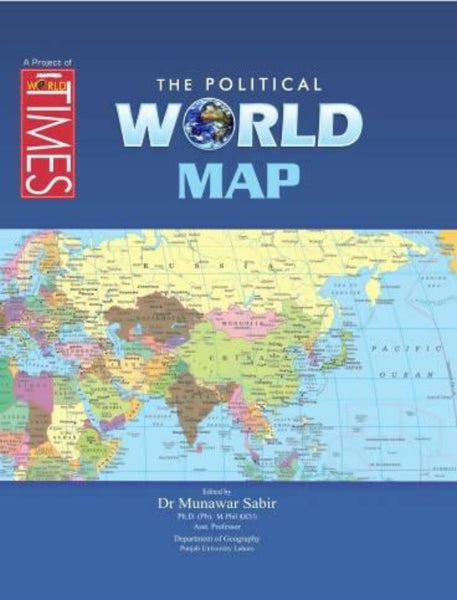
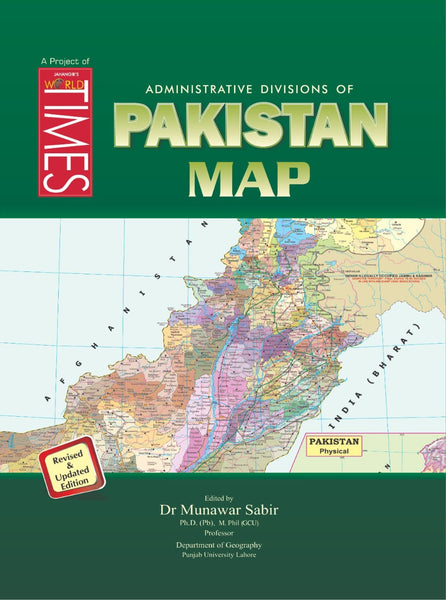
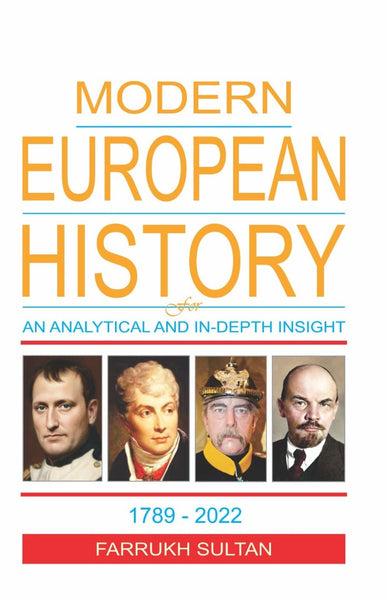
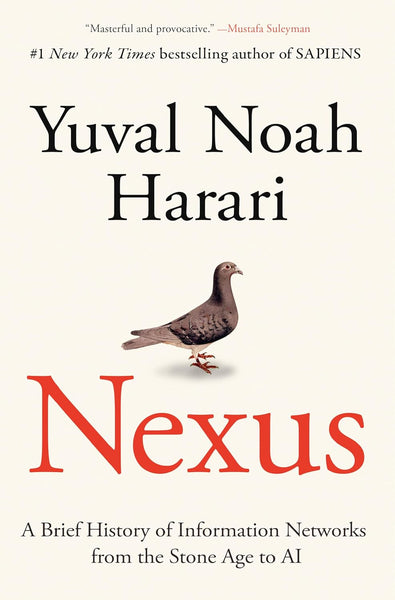


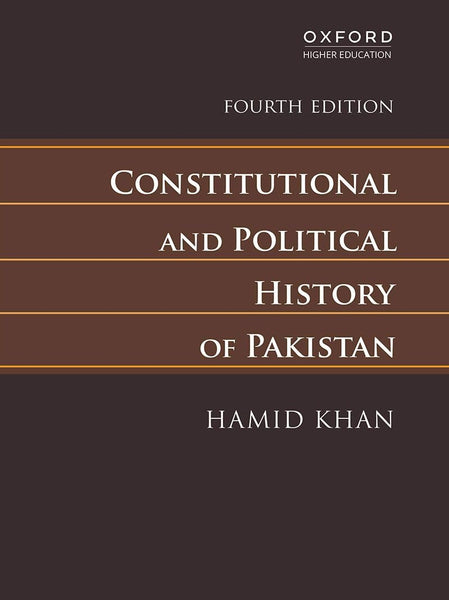


















 English
English اردو
اردو